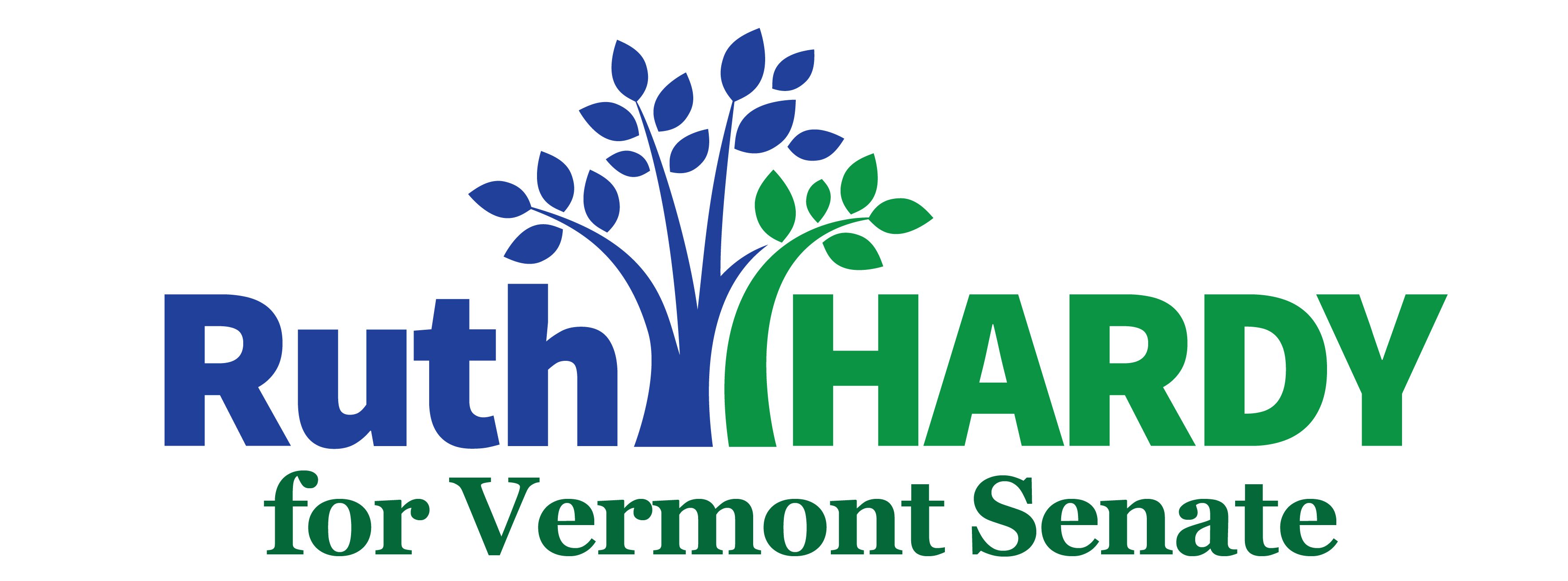We all know that Vermont has an affordable housing crisis. We also know that the impacts of habitat & forest loss and climate change are severe. Thus, a significant focus this session was work to balance housing development and land preservation, which meant tackling an update to Act 250 – Vermont’s Landmark 1970 Land Use Law. We also passed an update the state’s renewable energy standard, ensuring that the state’s electric grid uses more locally-generated and renewable energy. Finally, we did significant work to make sense of the state’s complex emergency general assistance housing program, which includes the motel and temporary shelter programs for unhoused Vermonters.
H. 687 Community Resilience & Biodiversity Protection through Land Use. This substantial bill represents a significant amount of work and compromise, starting with the 2019 Report of the Commission on Act 250: The Next 50 Years, culminating in the Natural Resources Board 2023 Necessary Updates to the Act 250 Program Report, and including many other reports, working groups, and legislation over the past several years. H.687 includes several major reforms:
- Land Use Regulation – Creates a four-tier regulatory system based on the location of the land to streamline environmental review and promote housing in well-planned, smart growth areas like town-centers, while reducing harm to critical natural resource areas like wetlands or mountain forests. The first two tiers will be the focus for housing development and be all or partially exempt from Act 250 regulation. These tiers will build off existing municipal infrastructure, planning, and zoning. The second two tiers will be the focus of land conservation with more limited development and stricter Act 250 regulation. Reinstates a professional Land Use Review Board (LURB) to streamline processes, reduce costs, and provide clearer guidance to Act 250 district commissions and applicants, ensuring consistency across districts.
- Municipal Planning & Zoning – Creates the Vermont Community Investment Board to administer the State Community Investment Program, which updates & improves the current state designated areas program for municipalities. Improves land use mapping. Strengthens regional planning and municipal zoning requirements to encourage dense housing development. Clarifies a tiered municipal designated areas program for designation of downtown and village centers, neighborhood development areas, and growth centers. Allocates funding for municipal & regional planning and a municipal resilience grant program.
- Tax Changes – Increases tax credits for flood mitigation and building code improvements projects. Modifies property transfer tax to exempt the first $200,000 in value of a property from the tax and impose a 3.4% tax on the sale of second homes, defined as homes that are designed for year-round habitation, not permanent rental housing, and not a primary residence. Creates a process for temporarily exempting certain flood-impacted properties from state & municipal property taxes.
- Housing – Updates VT Rental Housing Improvement Program to incentivize the creation of more affordable rental housing, including additional grants and forgivable loans. Creates Resident Services Program for distributing funds to eligible affordable housing organizations to respond to timely and urgent resident needs and aid with housing retention. Clarifies eligibility for the Middle-Income Homeownership Development Program. Provides funding for the First-Generation Homebuyer Program, Land Access & Opportunity Board, Rental Housing Stabilization Services Program, Rent Arrears Assistance Fund, Mobile Home Repair Program, and Tenant Representation Pilot Program. Requires health and safety guidance for short-term rentals. Requires flood risk disclosure for property sales. Creates a process for sale of senior housing and rent increase notifications at senior residences. Creates a process for measuring progress toward statewide housing goals.
H.883 and H.879 General Assistance Emergency Housing Program – Over the past several years, this program has become increasingly important to many Vermonters who are struggling to afford housing, and yet, there was almost no cohesive set of statutory requirements or guidelines for the program. So these bills put some meat on the bones. To the extent funds are provided and housing is available, the Program must provide housing to unhoused Vermonters who meet certain requirements, such as age, disability, or health status, for up to 80 days. The housing will be community-based shelters, approved motel housing, open or new units, or other appropriate housing, with the nightly motel rate paid by the state capped at $80/night. During the winter, some requirements are relaxed to ensure more people are housed. More details of the program are included in the bill and a task force is created to recommend further improvements. The Budget provides $10 million to support the program and expand shelter bed and permanent supportive housing capacity.
H.289 Vermont Renewable Energy Standard. This highly technical bill updates Vermont’s decade-old renewable energy standard, requiring all utilities to use 100% overall renewable energy by 2035, 20% of which must be generated in Vermont. Creates requirement for utilities to purchase new in-region renewables, like offshore wind power. Provides means for economic assistance for rate-payers. Limits expansion of existing large-scale hyro-power and biomass projects as renewable power. Continues to allow the option of utilities purchasing nuclear power. Further details can be found in this Legislative Counsel outline or this overview from Renewable Energy Vermont. There has been significant debate about the overall cost of H.289; you can read the most recent Joint Fiscal Office Fiscal Note for details. The Governor has vetoed this bill.
Header Image: Groundbreaking for the Firehouse Apartments in Bristol, which includes forever affordable housing units.

